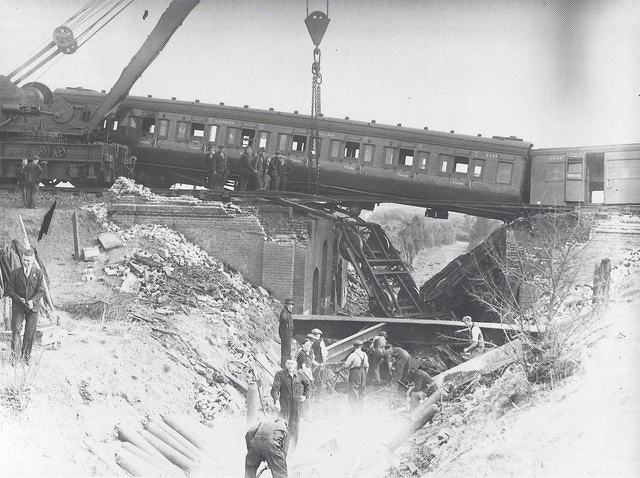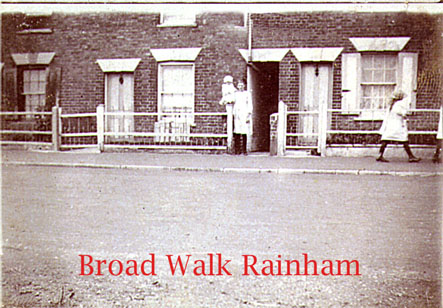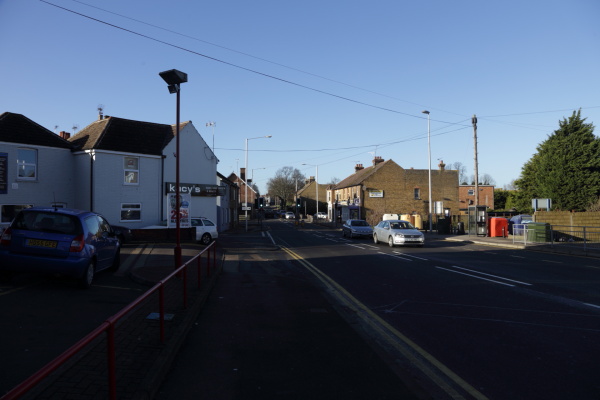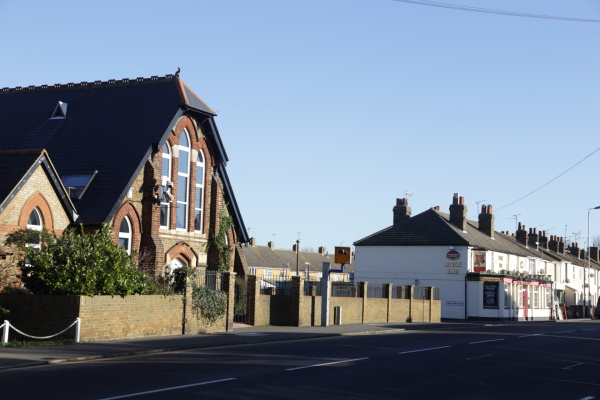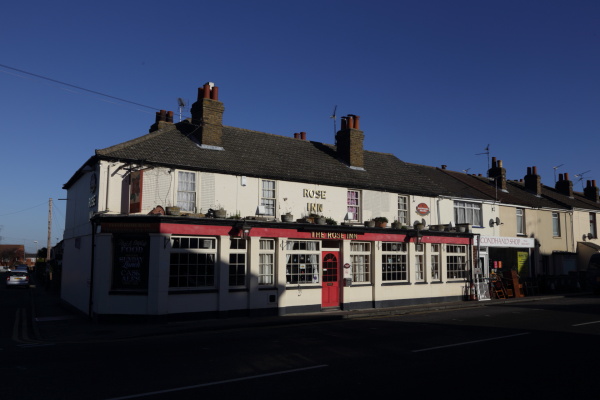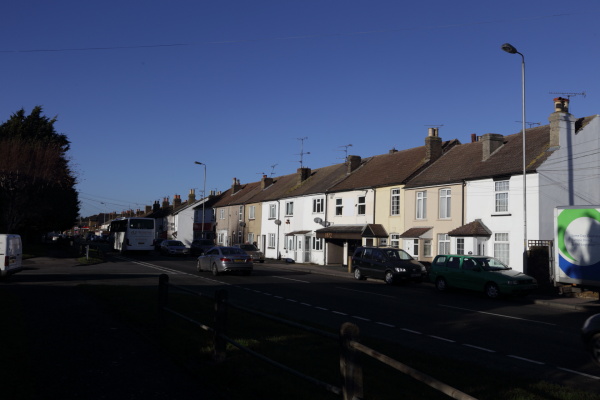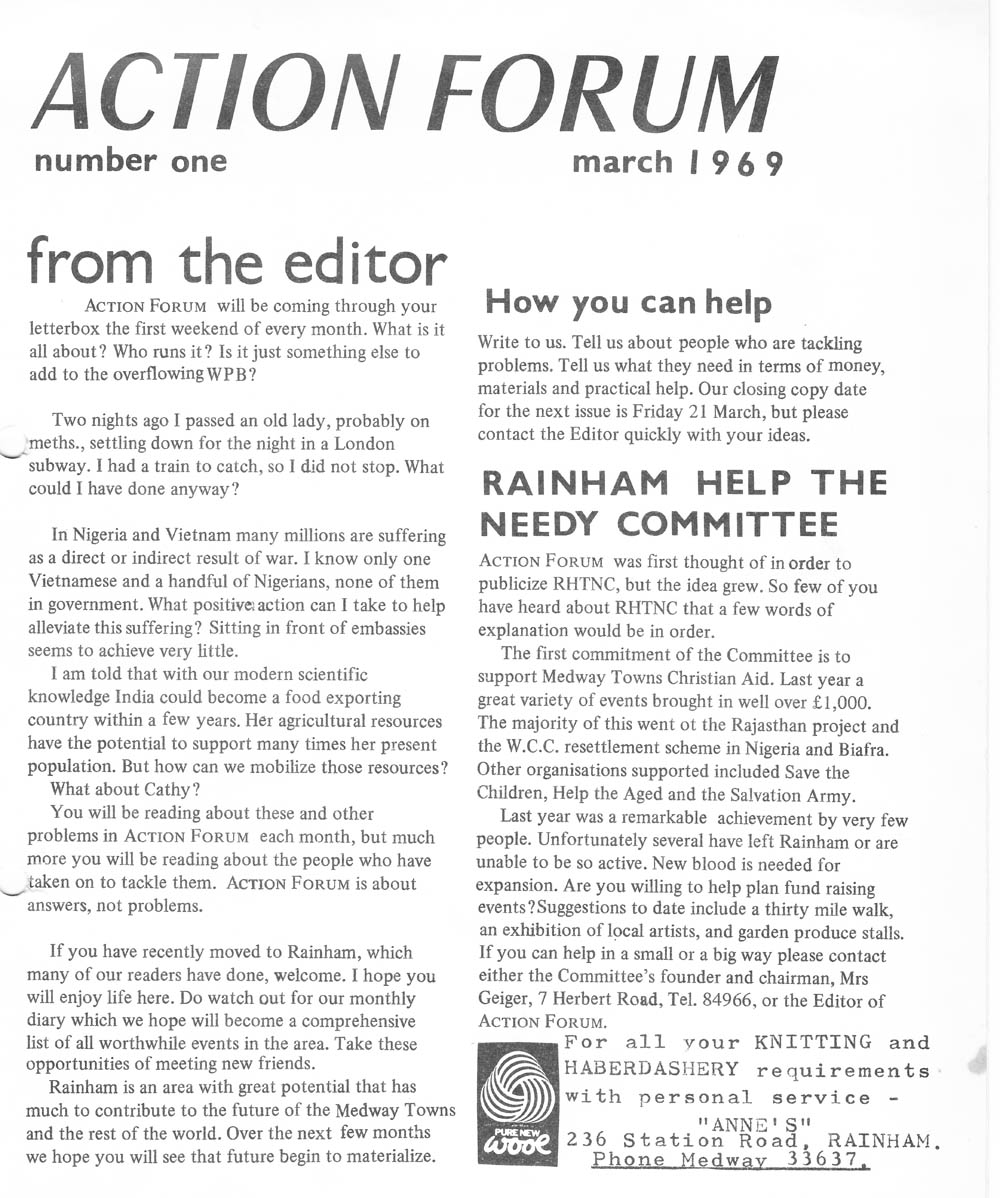Life in Rainham during the Years Leading up to World War 1
Growing rapidly as a town on the borders of Medway and Sittingbourne, Rainham experienced a rise in population of 1,186 from 1881 to 1911. Lord Hothfield continued as Lord of the Manor and principal landowners included St Katherine’s Hospital and E. Wingfield-Stratford. Farmers in the area who owned land were Richard Mansfield Wakeley, Fred Scott and Peter Manwaring at Moor Street, Walter Stedman at Rainham Mark, William Clark in Pump Lane, Edward Filmer in Maidstone Road, James Batchelor at Cozenton Farm, J. A. Walter at Berengrave, James Stewart and Edward Randall in Bloors Lane and George Lockyer in Mierscourt. Cherries, wheat and hops were the main agricultural products while cement continued to be produced at the Cement Works in Lower Rainham.
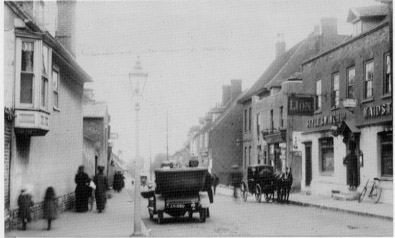
Farmer Richard Mansfield Wakeley and Mr E Kemp of ‘Kemp Brothers’ served as Guardians of the Parish while Overseers included James Adie, Joseph Macey, Stanley Wakeley and George Bland. Meanwhile, the parish council which met on the first Wednesday of every month was chaired by Dr Henry Penfold from Mardale House and Vice-Chairman George Quinnell who lived at ‘Russells’ in the High Street. George Green from Rainham High Street served as parish clerk. The parish council had committees dealing with lighting and watching, footpaths, the recreation ground, the library and reading room and finance.
Rainham security remained the responsibility of Sergeant Edwin Jenner of Station Road and constables Thomas Fielder and William Smith. In those days a large police station didn’t exist in Rainham. Doctors Henry Penfold, Sydney Tippett and Irby Webster served as doctors in the parish.
Facilities in the town had improved compared with twenty years earlier. During the 1900s the recreation ground which had been constructed at the end of the 1880s had become established with Rainham Football Club, Rainham Cricket Club and the United Methodist Football and Cricket Clubs playing there. Rainham Fire Brigade which formed in 1901 had its headquarters on the ground with one 22 man fire engine with fire fighting equipment. A cycle track, flower beds, a shelter, a public convenience and a water pipe were also to be found. Local events like the Rainham Flower Show were held on the ground annually.
The Parish Free Library and Reading Room became established at the end of the 19th century and could be found on the ground floor of the Temperance Hotel in Station Road. With a wide choice of reading material, over 2,000 books, daily newspapers and journals were available to read. A reference library could also be found. The lending library was only open from 7 pm to 9 pm. Mr Barrell from Milton Road (now Webster Road) served as the librarian in 1908.
The construction of Rainham Social Club took place at the rear of the Temperance Hotel around 1904. Although much smaller than the present club in Station Road, it had a full sized billiard table and a membership of about seventy. Mr Child served as the steward and the club stayed open from 10 am to 10-30 pm.
The National School continued to function at the top end of Station Road for 180 boys and 160 girls. Samuel Hodson had served as headmaster since 1883 and Miss Emily Charlesworth assisted him while the infant’s school continued to be run by Mrs Brice. The Lower Rainham National School which had been erected in 1876 had about 60 pupils and was run by Miss Knight then by Mrs Seago. A small private school run by Miss Bertha Atkins also existed just off Rainham High Street near the church path.
With a rise in the local population, demand increased for another school which led to the construction of the Council School in Solomon Road in 1906. It cost the parish £4,500 to build and could hold 250 pupils. Miss E Dyason served as headmistress while Miss Ethel Barker served as infant’s headmistress. Mr Harold Greenhalgh became headmaster in March 1908 but was later killed in the Great War of 1914-1918.
A wide range of churches representing different denominations existed in various locations around central Rainham. The most prominent of these was St Margaret’s church in the high street where Reverend Charles Cobb who had served as vicar since 1876 conducted services, followed later in the decade by Reverend John Tamplin. Sunday school took place every week and a group of bell ringers also operated there.
The Providence Baptist Church which had been erected in 1884 existed in Orchard Street held about 100 people. Deacons who preached there included William Wakeley, Percy Wakeley, Alf Harnett and Mr T Roper.
The United Methodist Church stood at the junction of Station Road and Wakeley Road and could hold 250 people. Reverend J Treweeke of Henry Street served as pastor in 1908. Another United Methodist Church existed in Ivy Street with a large schoolroom at the rear and seating for about 200 people. The Providence United Methodist Church, built in 1853, existed on the Lower Road and could hold 200 people. Another religious group known as ‘The Original Peculiar People,’ an evangelical group of faith healers, had a meeting house in William Street.
The Salvation Army had its headquarters in Rainham Public Hall situated in the high street with meetings every Sunday. The army also had a ‘Band of Love’ and a junior corps. In 1908 they were led by Ensign Browne and Lieutenant Howe of Albion Terrace in Station Road.
Of the pubs in the area ‘The Lion Hotel’ run by Phil Curling became the most active and served as the headquarters for Rainham Cricket Club, Rainham Football Club, Rainham Cycle Club, Rainham & District Horticultural Society and Rainham & District Horticultural Improvement Society. Other pubs were the ‘White Horse’ run by Charles Adie, ‘The Railway’ run by Stephen Mitchell, ‘The Cricketers Inn’ run by Paul Schurig, ‘The Angel’ run by Roger Wibrew and the ‘Men of Kent’ run by John Stewart.
Many Rainham businesses like Solomon Brice & Sons clay merchant’s & barge builders, Arthur Tucker watchmaker’s, William Finness butcher’s, Edwin Jelly outfitter’s and George Whayman Draper’s dated back to the 1880s and beyond while notable new businesses included Kemp Brothers, timber merchants and smiths, Charles Clark’s outfitter’s, Miles and Kitney Mineral Water Manufacturers, Rainham & District Co-operative Society and Wilkins ironmonger’s, all located in Station Road. George Green’s Undertakers, Watt’s chemist, Walter Waters Fried Fish shop and Maria Lane’s Coffee Rooms were established in Rainham High Street. Herbert Hunt continued as the long serving sub postmaster into the twentieth century until he was succeeded by Ernest Cozens from Upchurch.
Although some changes had taken place the village had not changed a great deal for some years but the appearance of motorised vehicles which competed on the roads with horse drawn transport became more noticeable. Dr Irby Webster became the first Rainham resident to own a car in the parish.
Overall, Rainham continued to grow quickly which had been the trend since the coming of the railway during the 1850s. The village developed better facilities, encouraged new businesses and appeared to be thriving during the years leading up to World War 1.
